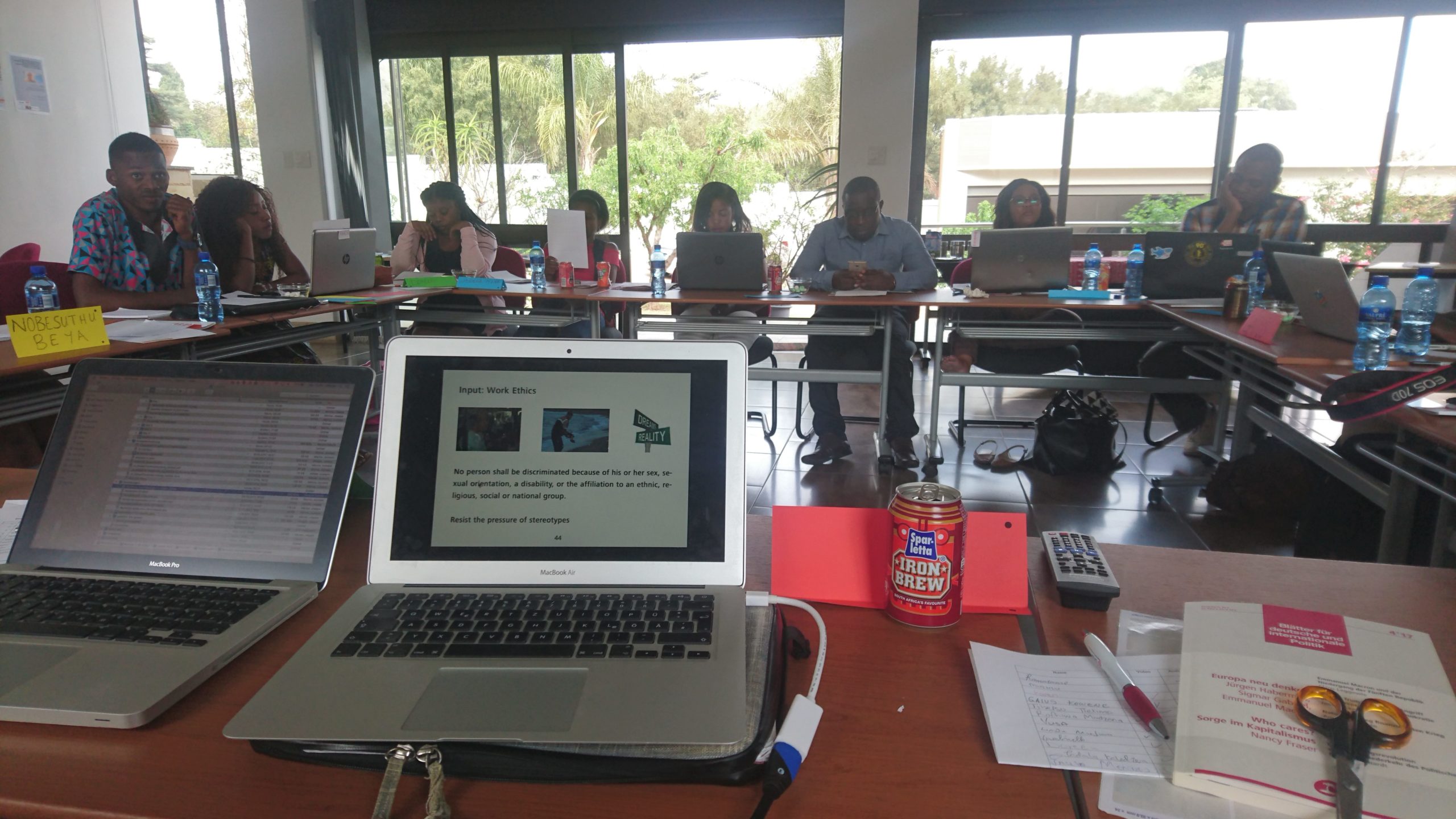By Byron Mutingwende
A workshop being organised by JournAfrica seeks to capacitate journalists with knowledge on the role they can play in an effort to build better cities on the African continent.
The workshop is taking place in Johannesburg from 11 to 15 September 2017 under the topic “Journalism Practice on Urbanism: The Role of Media in Building Better Cities.”
Philipp Lemmerich, the Co-founder and Project Coordinator of JournaAfrica said Johannesburg is seen in the international discourse as an example of a failing city which was home to the first apartheid regime.
“Later, as the city grew, its population ballooned resulting in an increase in poverty, criminality, inequality and migration problems which is typical not only in African urban cities but even in Europe. The problems have often been blamed on misleading municipal policies,” Lemmerich said.
For the media, there are lots stories to tell. The “global hipster” culture has arrived in Johannesburg in such places like Maboneng in Braamfontein where cosmopolitan partying on rooftops is now the order of the day.
A lot of things are evolving. To analyse this kind of urban development, the concepts of ‘Global City’ and ‘metropolis’ can be employed. These assess the new forms of social organisation, of political struggle, of everyday life including housing, urban transportation and how people earn money.
Globalisation promotes international exchange but is highly selective because the unforeseen privileges and severe poverty occur at the same time. Winners and losers share the same space.
Johannesburg is one of the world’s leading financial centres. It is probably the most important economic hub in Africa, producing 16% of South Africa’s gross domestic product and is the most populated city in that country.
At the same time, its general unemployment is around 25 % with youth unemployment estimated to be over 30 % while 16% of households in Johannesburg lack municipal sanitation and 15 percent do not receive municipal electricity. The city has become a microcosm of typical modern African cities.
Wide parts of the Inner City population live in poverty without access to basic services such as education, sanitation and health. The authorities are not able or not willing to significantly change the situation.
In his opening remarks, Ousmane Niang, the Programme Manager of the Southern African Regional Office of Rosa Luxemburg Stiftung (RLS) said urbanism was a topical issue, which journalists should report on adequately.
“African cities are growing and there is a huge rural to urban migration. In that regard, there is a need by journalists to shift from focusing their reportage only more on rural local government issues to the urban. The African cities are growing and we have seen a lack of proper and adequate municipal legislation. There is need to critically examine what is taking place in modern African cities,” Niang said.
He urged the media to entrench the democratic agenda by contributing articles that promote social justice and equality.
It emerged that an increase of population in urban areas means increasing pressures on mobility and transportation in terms of public infrastructure.
In Johannesburg’s areas like Sandton, there is witnessed the arrival of wealthier people. In these areas, there is a related increase in rents and property values, and changes in the district’s character and culture. There seems to be ‘gentrification’, suggesting the displacement of poor communities by rich outsiders. But the effects of gentrification are complex and contradictory, and its real impact varies.
The housing situation in many areas of Johannesburg’s inner city is miserable (building fabric, infrastructure, safety, pollution, job perspectives). Investments in the real estate market have led to an upgrading of the districts, but also to the displacement of the original population. Johannesburg is a melting pot of social and economic inequality.
